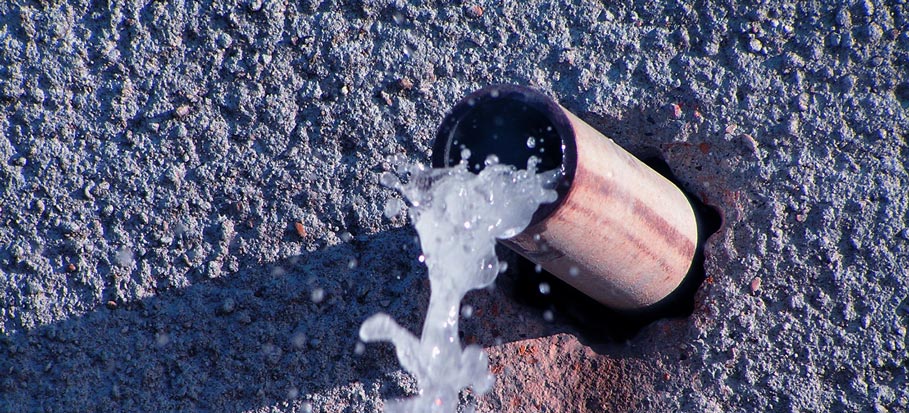Just how do you feel about Hacks to detect leaks?

Early discovery of dripping water lines can minimize a possible calamity. In addition to conserving you cash, it will certainly reduce the worry and stress. The moment you discover a leakage, calling your plumber for repair services is the best option. Some tiny water leakages may not be visible. Below are some hacks that aid if you can not spot it with your nude eyes.
1. Check Out the Water Meter
Examining it is a proven means that assists you find leaks. If it moves, that indicates a fast-moving leak. This means you might have a slow-moving leakage that might even be below ground.
2. Examine Water Consumption
If you find sudden adjustments, in spite of your usage being the same, it means that you have leakages in your plumbing system. An unexpected spike in your bill shows a fast-moving leakage.
A steady rise every month, even with the very same routines, shows you have a slow-moving leak that's also gradually intensifying. Call a plumber to extensively inspect your home, especially if you feel a cozy area on your floor with piping beneath.
3. Do a Food Coloring Examination
30% comes from toilets when it comes to water intake. Test to see if they are running effectively. Decrease flecks of food color in the storage tank and also wait 10 minutes. There's a leakage between the storage tank and also bowl if the color in some way infiltrates your bowl throughout that time without flushing.
4. Asses Outside Lines
Don't forget to check your exterior water lines too. Must water leak out of the link, you have a loosened rubber gasket. One small leak can lose tons of water and surge your water bill.
5. Inspect and Assess the Situation
Property owners must make it a behavior to check under the sink counters and even inside cabinets for any bad odor or mold growth. These two red flags indicate a leak so prompt focus is called for. Doing regular assessments, even bi-annually, can save you from a major problem.
Inspect for stainings as well as weakening as a lot of pipes as well as home appliances have a life expectancy. If you believe leaking water lines in your plumbing system, do not wait for it to escalate.
Early detection of dripping water lines can alleviate a potential catastrophe. Some little water leaks might not be visible. Inspecting it is a proven means that helps you uncover leakages. One tiny leak can lose bunches of water and spike your water costs.
If you think dripping water lines in your plumbing system, don't wait for it to intensify.
WARNING SIGNS OF WATER LEAKAGE BEHIND THE WALL
PERSISTENT MUSTY ODORS
As water slowly drips from a leaky pipe inside the wall, flooring and sheetrock stay damp and develop an odor similar to wet cardboard. It generates a musty smell that can help you find hidden leaks.
MOLD IN UNUSUAL AREAS
Mold usually grows in wet areas like kitchens, baths and laundry rooms. If you spot the stuff on walls or baseboards in other rooms of the house, it’s a good indicator of undetected water leaks.
STAINS THAT GROW
When mold thrives around a leaky pipe, it sometimes takes hold on the inside surface of the affected wall. A growing stain on otherwise clean sheetrock is often your sign of a hidden plumbing problem.
PEELING OR BUBBLING WALLPAPER / PAINT
This clue is easy to miss in rooms that don’t get much use. When you see wallpaper separating along seams or paint bubbling or flaking off the wall, blame sheetrock that stays wet because of an undetected leak.
BUCKLED CEILINGS AND STAINED FLOORS
If ceilings or floors in bathrooms, kitchens or laundry areas develop structural problems, don’t rule out constant damp inside the walls. Wet sheetrock can affect adjacent framing, flooring and ceilings.
https://www.servicemasterbyzaba.com/blog/how-to-detect-water-leakage-in-walls/

I stumbled upon that blog entry about Locating water leaks while surfing around the web. I beg you take a moment to share this blog if you enjoyed reading it. Thanks a lot for your time spent reading it.
Get A Free Estimate
Comments on “6 Proven Techniques for Detecting Hidden Water Line Leaks”